Clemens Jahn went to see the sitcom “The Superhost”. With this work the artist Britta Thie shows how to get the critics talking without fear of the mainstream.
Anyone who was in New York at the beginning of the year will most likely have come across the film poster for the sitcom “The Superhost” – the latest project by German artist Britta Thie – on the digital advertising boards of LinkNYC. “Where do you lay your head, when you’re not sure where it’s at?” reads the slogan on the animated screens, which New York’s Public Art Fund made available to selected artists between February 6 and March 5, 2017.
“The Superhost” tells the story of Preston and his housemate Sage, two New York creative hipsters who sublet their apartment on the Lower Eastside via Airbnb as a way of funding the high cost of living in the Big Apple. As they publicize the apartment, the protagonists make use of lifestyle marketing and promise their visitors a genuine New York Bohemian artists world which, for the international guests such as aging film diva Ulla Krass or naïve Munich actress Laura, represents an intriguing alternative to unmemorable stays in faceless and overpriced city hotels. The two hosts have to work hard here: They too are part of the experience they are selling to their guests, and for the venture to work they are reliant on positive Airbnb reviews. It’s not for nothing that “The Tragedy of Rating” is the subtitle of the sitcom.

In the plotline of “The Superhost”, real and fictional elements combine. Preston Chaunsumlit, a real-life friend of Britta Thie, plays an ironically exaggerated version of himself, for example. The churlish Talulah is embodied by the musician James K, another acquaintance of Thie, who in the film performs her songs “Drunktrack” and “Luv Me Too”. As early as 2015 Britta Thie was working on the web series „Translantics“ – a cooperation between SCHIRN and the ZDF and ARTE Creative – in which she brought together a number of artists from her circle of friends who all played themselves with a greater or lesser degree of accuracy. Preston Chaunsumlit and James K were also involved in that earlier project.

Private life as a source of income
In thematic terms, “The Superhost” is likewise not so far removed from reality. It is in the neoliberal global cities like New York or London, where financial and cultural capital are concentrated, that freelance artists can often survive only with great difficulty. Very few are able to fund themselves through their art alone. Rent and living costs are horrendous, only a handful of professions are able to earn appropriate money and the low wages from simple part-time jobs are nowhere near enough to make ends meet. Anyone who does not come from a privileged background will also have to spend years paying back student loans where they can. It is primarily “sharing economy” models, ranging from Airbnb to UBER, that make it possible to capitalize on private ownership (and lives) relatively straightforwardly and are hence becoming a primary source of income for many. A blessing or a curse? This is where opinions differ.

In tackling the socio-critical subject matter and the resulting ambivalence, Britta Thie plays with an aesthetic of mass-media familiarity: The typography of the film title is reminiscent of the cult series “Friends”, the set combines IKEA basics with pretty watercolor illustrations by the artist reproduced in large format; the voice of Preston’s German dubbing actor Benjamin Völz, who usually dubs acting greats like Keanu Reeves, Matthew McConaughey or David Duchovny, may be extremely familiar to the German-speaking audience; the soundtrack by Finnish music producer Ville Haimala switches skillfully between appealingly silly jingles and canned laughter and thus creates the perfect sitcom mood; and with the actress Vera “Veruschka” von Lehndorff in the role of Ulla Krass and Brigitta Hobmeier as Laura Brecht, the German audience is also brought on board.

All tied together
“The Superhost” was originally based on Britta Thie’s stage play “I’MDb – A Live Drama about the Tragedy of Rating”, which was performed at Munich’s Kammerspiele in mid-2016. The short film is the result of the extensively reworked film footage of the theater performances and formalization of an open artistic practice – not just as an aesthetic and storytelling artwork that gives everyone involved plenty of scope, but primarily also in reference to the context of its origin. With “I’MDb”, “The Superhost” or “Translantics”, Britta Thie links up various institutions, media and contexts: A project at the SCHIRN led to a collaboration with a TV broadcaster, which resulted in a theater production, festival screenings and exhibitions at renowned art institutions and collections, in which various art objects were combined with derivatives from her film and stage productions – including video clips, props, sound and text. All the activities related to one another.

Nevertheless, Britta Thie's art is not merely a product of her circumstances. The artist is a highly efficient networker who likes to push boundaries. Her studies at the Cooper Union in New York and under Professor Hito Steyerl at the Berlin University of the Arts influenced her work considerably. Since the autumn of 2016 Thie has been lecturing at Offenbach University of Art and Design as a Professor for Performance, where she passes her knowledge on to the next generation of artists. In between she can be seen on TV channel WDR in formats such as “Anke hat Zeit” or “Westart”, where she makes her activities accessible to the broader general public.
Many of Thie’s artistic colleagues would probably turn their noses up at such TV formats: not elite enough, too banal, too mainstream. Thie, on the other hand, is interested explicitly in mass-media contexts. In her works she addresses their themes and makes references to them, without wanting to shut herself off from them – quite the contrary: The artist feels at home within them. Even as a child Thie would set up TV talk shows with a video camera in her parents’ house. Some of this footage emerged in 2012 in her video essay “Hi HD”. Perhaps the sitcom “The Superhost” can also be interpreted as a homage to these early artistic experiments. Today Britta Thie makes contemporary art, which takes her between New York, Berlin and Westphalia, between mainstream media and the elite art world, between criticism and commerce. What emerges from this is not the usual bourgeois-pleasing mishmash, but rather something that is innovative, authentic and relevant.

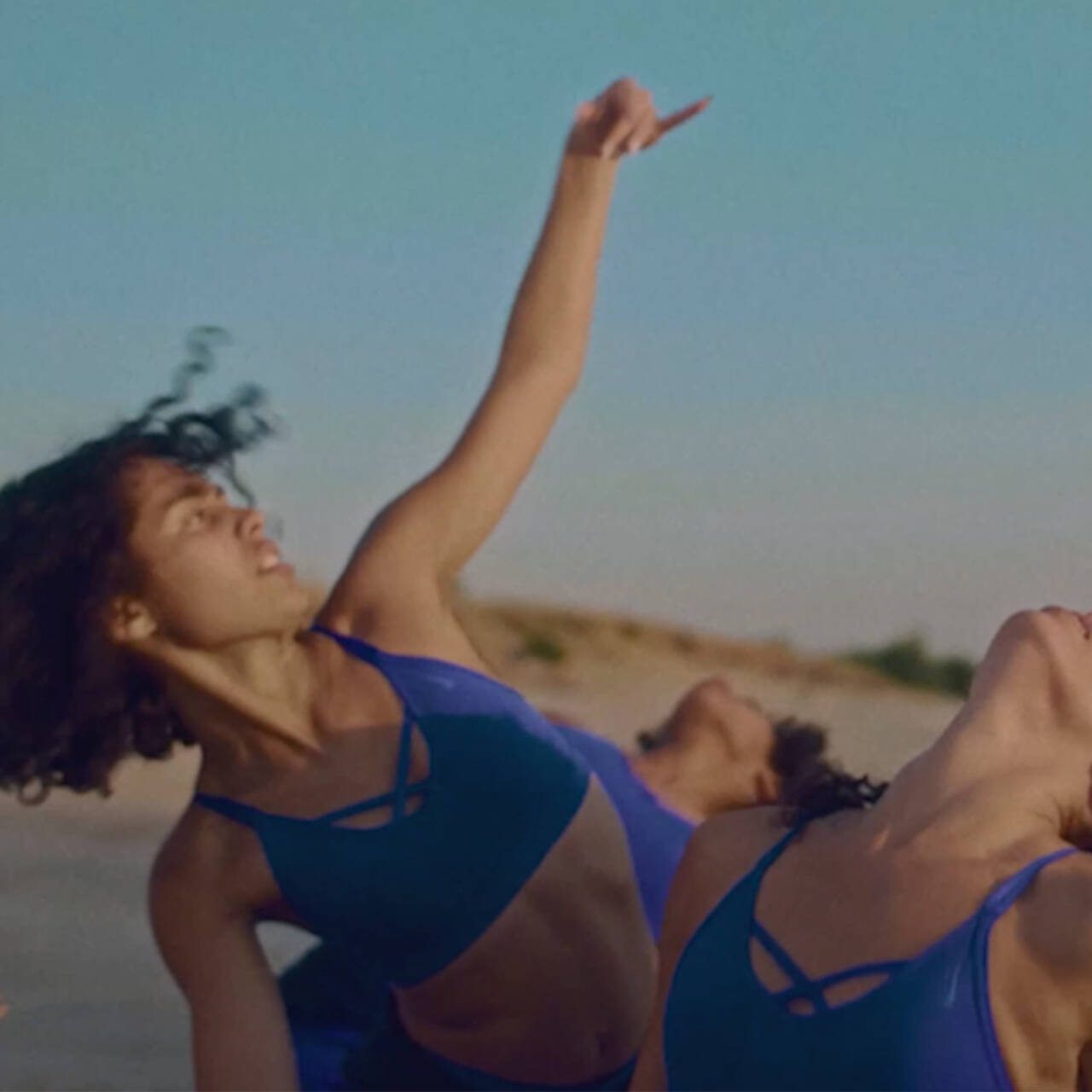
THE STRONGEST KARMIC CONNECTION
The people who surround us in our childhood impact us, regardless of how those relationships make us feel. Often, they make us seek other and new...
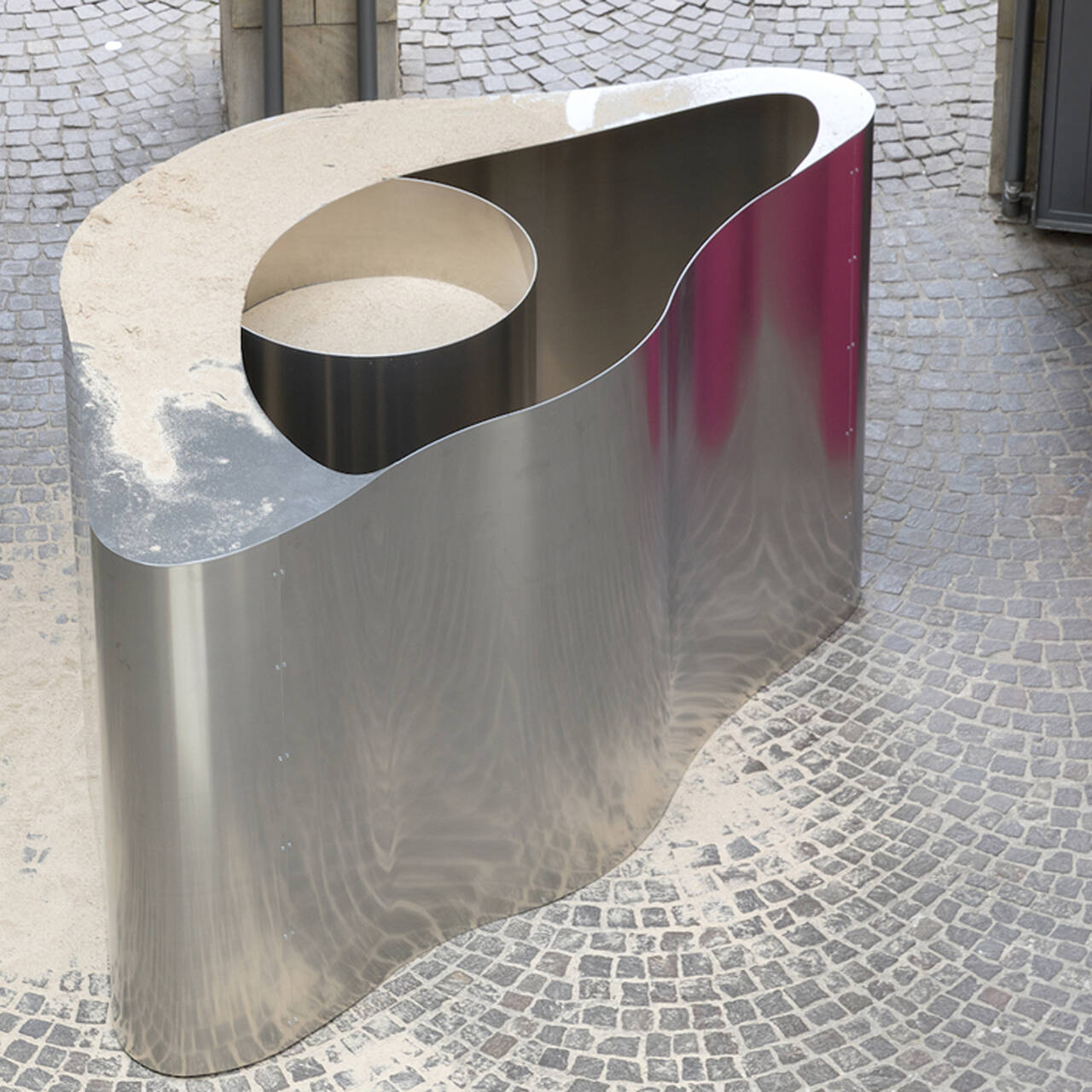
You Get the Picture: On Movement and Substitution in the Work of Lena Henke
The artist LENA HENKE already exhibited in the SCHIRN Rotunda in 2017. What are the secrets of her practice and where can you find her art today?

'Have yourself an experimental Christmas'
Bored of watching the same old Christmas films over and over again? Here are some of our favourite experimental films for the festive season.

MOTHER IS MOTHERING. Lesbian motherhood in art
The role of the mother is often described, but most representations are still based on a heteronormative and patriarchal understanding. What does...

Queercoding in Art and Film: The Portrayal of St. Sebastian
While the sexualised portrayal of Saint Sebastian in Derek Jarman's feature film debut "Sebastiane" initially sparked social controversy in 1976,...

At the mercy of waiting
Artist Bani Abidi is dedicated to the dark absurdities of everyday life. In her video work "The Distance from Here" bureaucracy takes over and waiting...
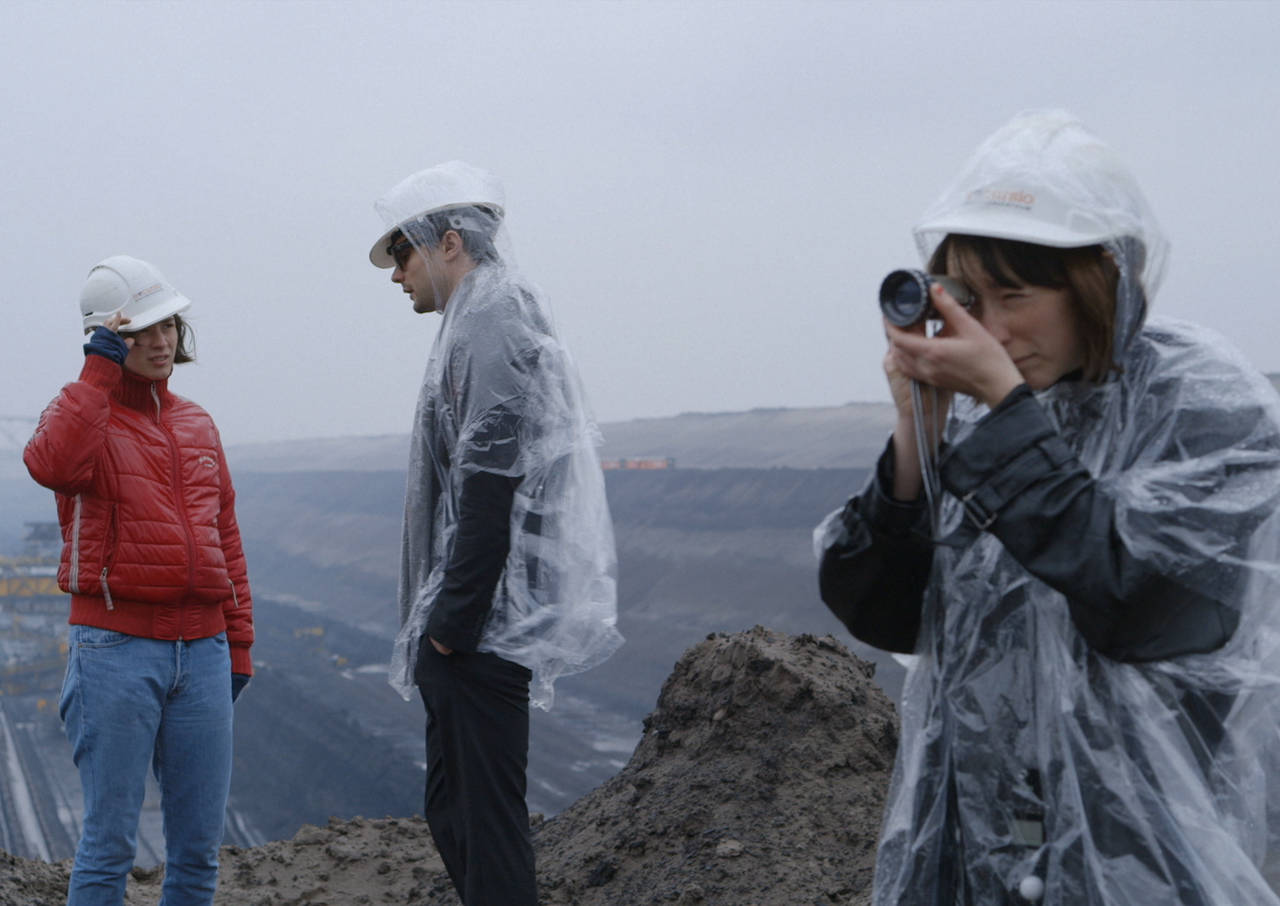
“Please don’t make a film about Godard!”
A film about filmmaking sounds a bit meta. But Kristina Kilian’s video work takes us on a ghostly journey through Godard’s Germany after the fall of...
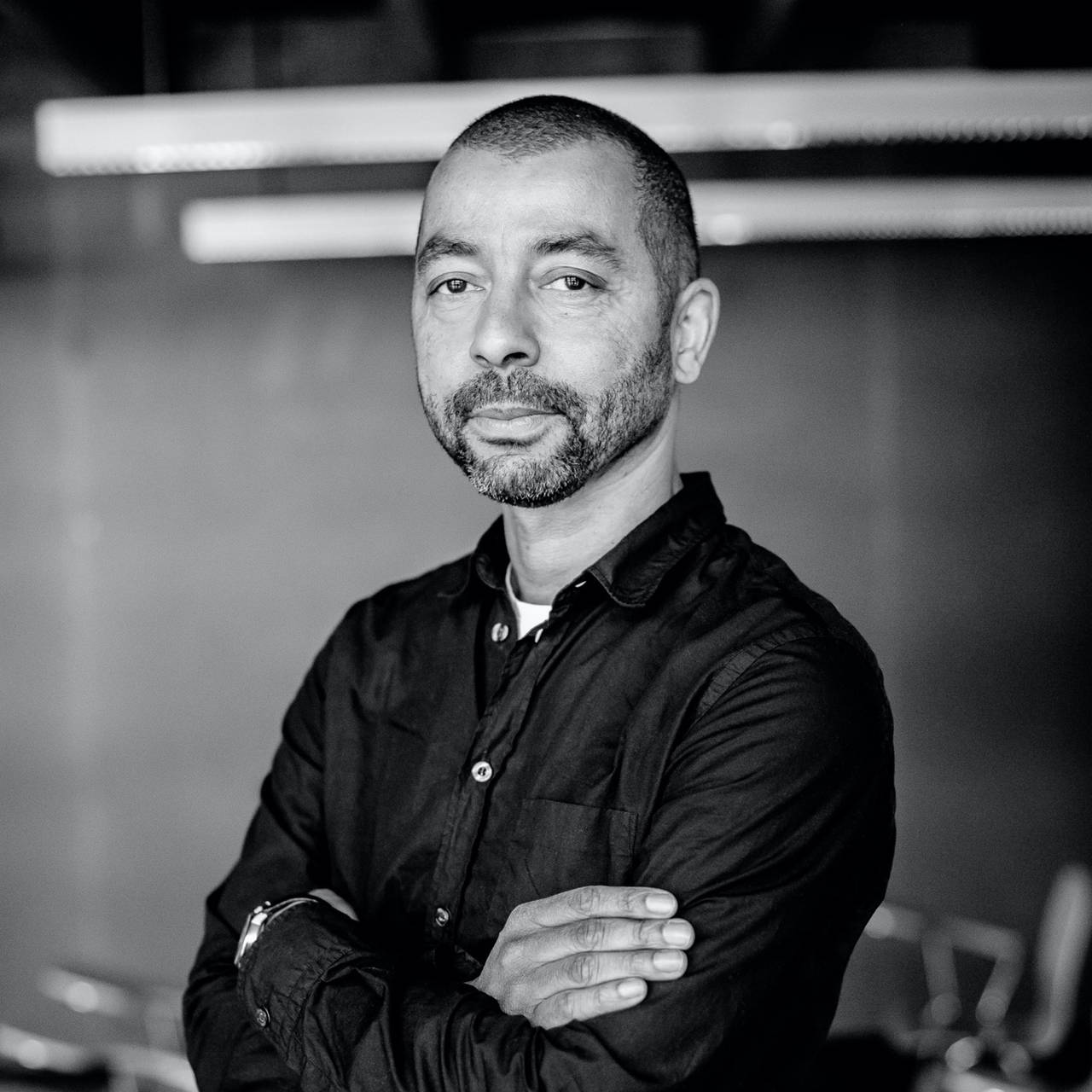
Black is not a Color
In a film series, Oliver Hardt combines the themes from Kara Walker’s work with the perspectives of Black people in Germany. In conversation with...
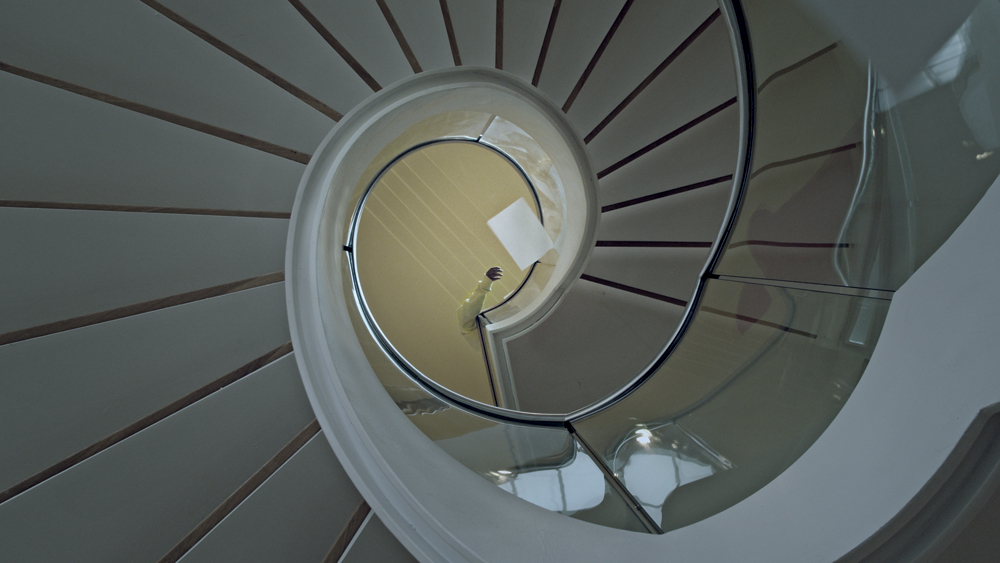
How do we Remember?
In which places does history become visible? And what do we remember at all? Maya Schweizer begins her search for clues in the sewers and slowly feels...
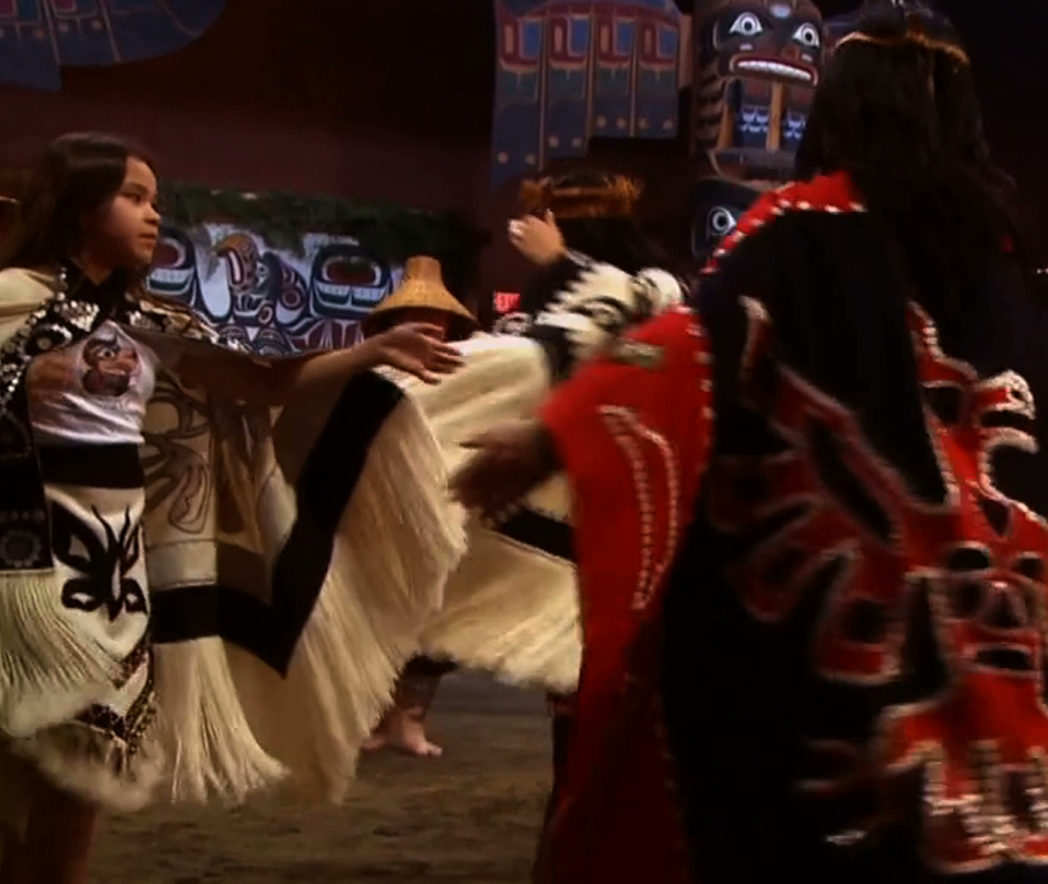
Film highlights from South and North America
How can we break with the power relations of the past and create a decolonial future? A look at the representation of Indigenous women in film.
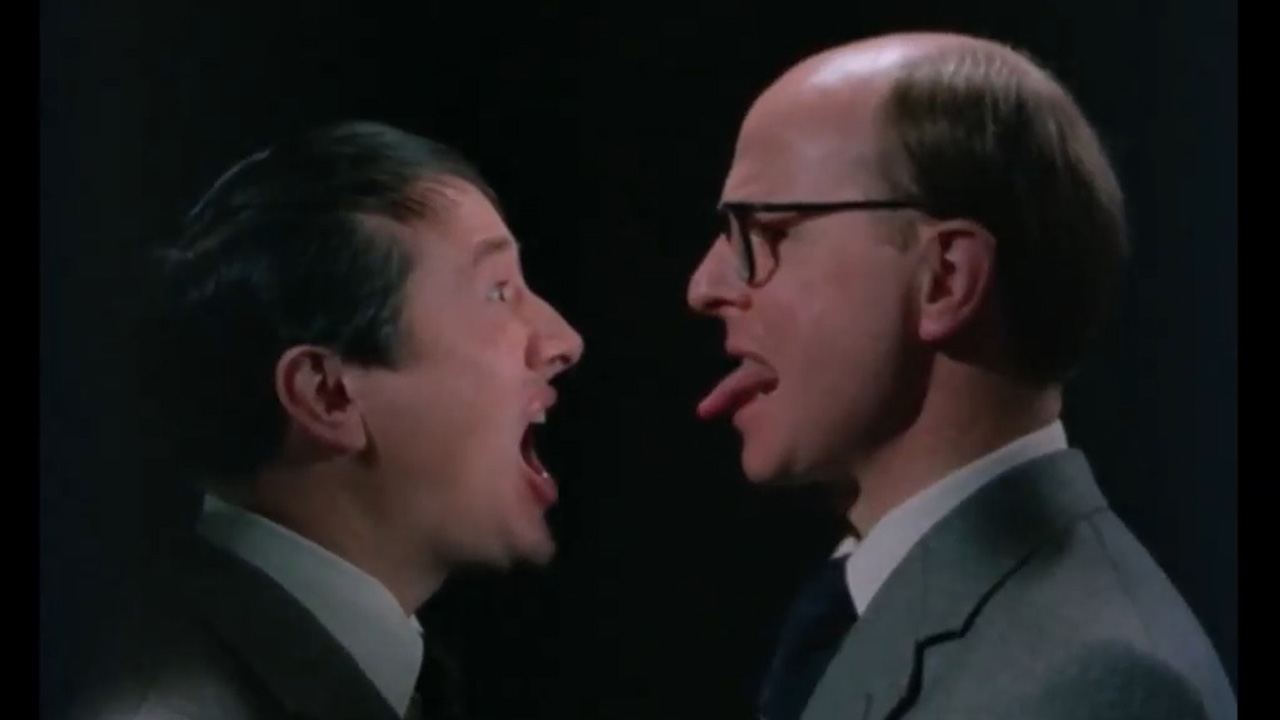
Must See: The World of Gilbert & George
Eccentric, fascinating, repulsive, entertaining and full of symbols: “The World of Gilbert & George” is a collage about the artifice of everyday life...

Spring is coming, and so is Magnetic North
For the first time in Germany, principal works from Canada’s major collections are on view at the SCHIRN. At the same time, the exhibition examines...
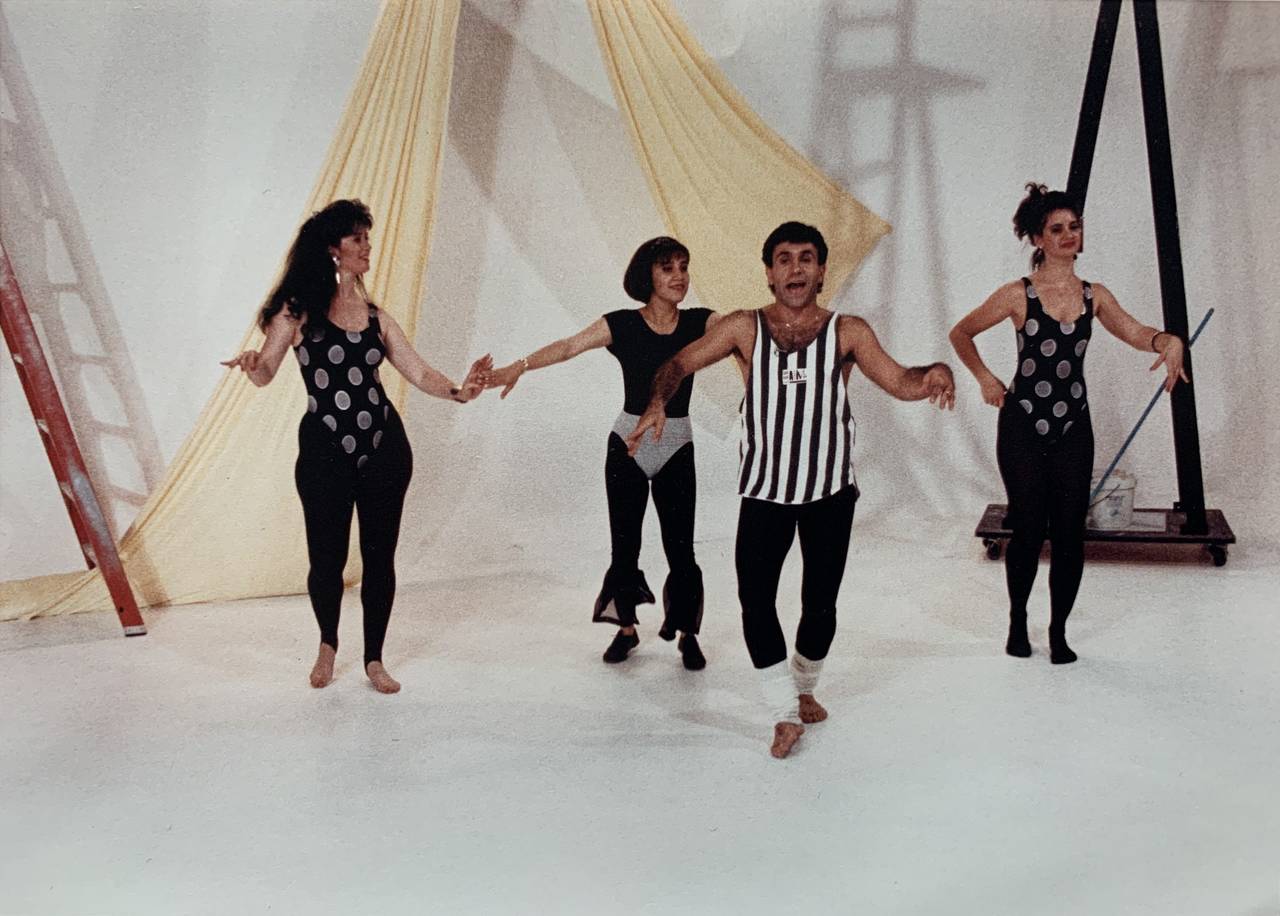
A Revolution in Iranian Dance
After the Iranian Revolution a nationwide dance ban was issued. It was subverted by smuggled video cassettes of dancer-in-exile Mohammad Khordadian,...
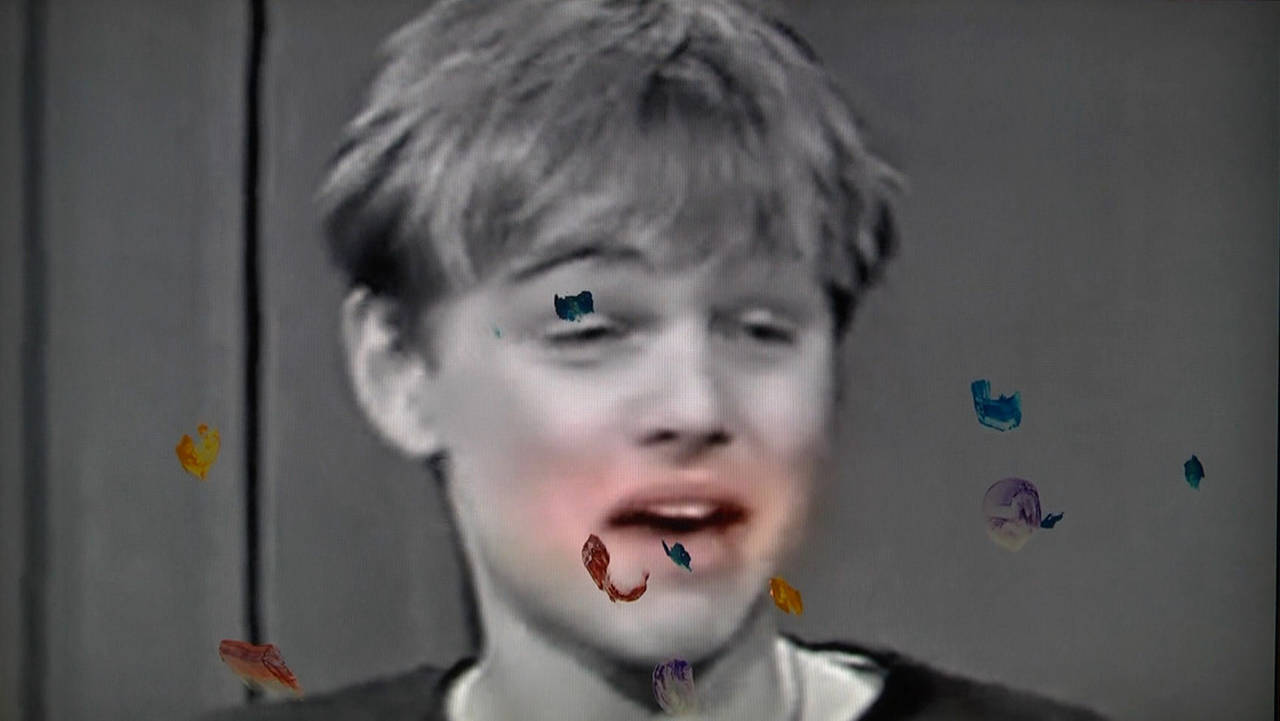
How to perform painting
This is perhaps the best way to describe the work of video artist Angel Vergara: Art history meets pop culture, the artist himself appears as a...
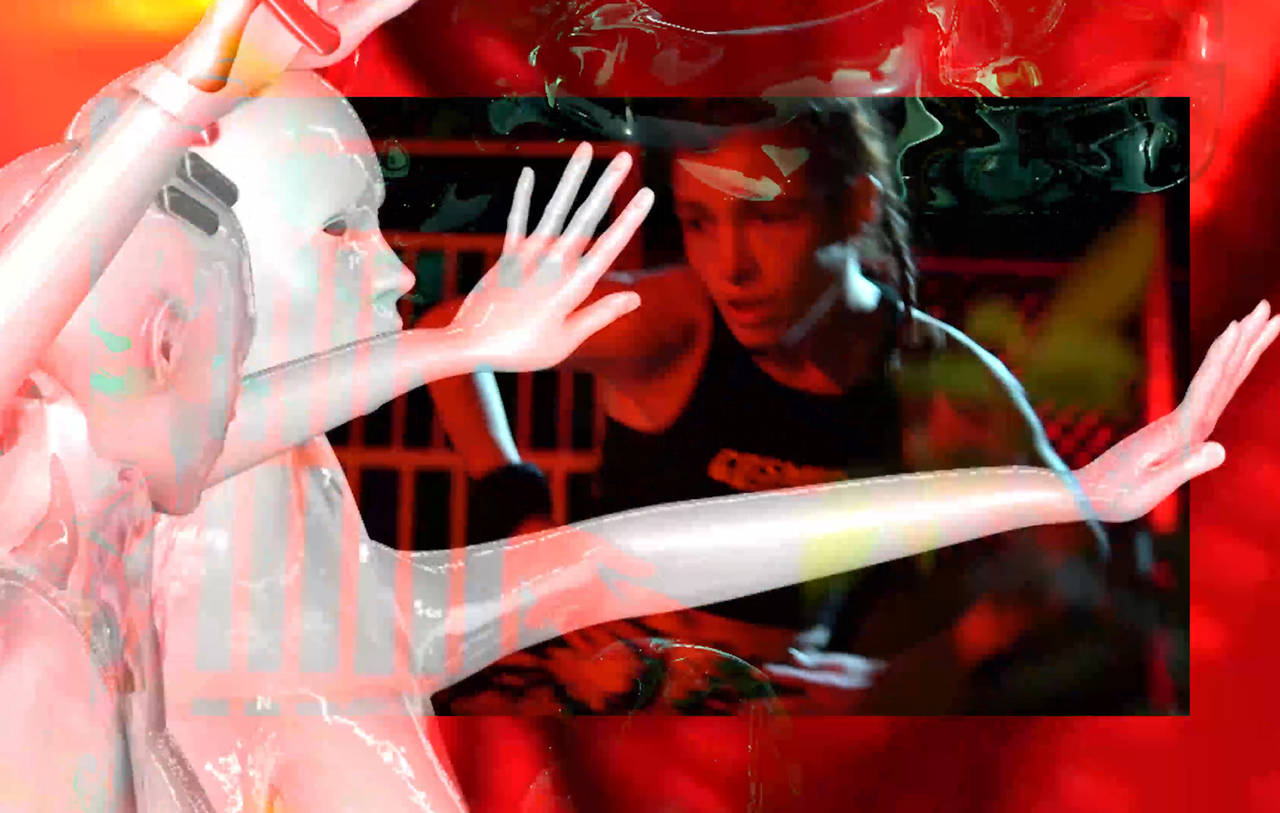
About the resistance of our bodies
Hypnotic dances and hybrid beings in cyberspace: Video artist Johanna Bruckner transforms the human body into digital matter.